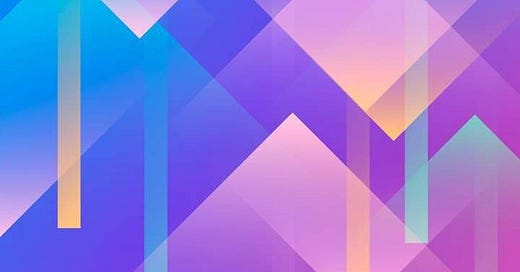What role does the Haka play in modern New Zealand society?
The Haka!
The Haka is a traditional Māori war dance and chant from New Zealand, performed by the indigenous Māori people. It's a powerful expression of:
1. Cultural identity
2. Tribal pride
3. Strength and resilience
4. Unity and solidarity
Characteristics:
1. Intense facial expressions (pūkana)
2. Synchronized movements (stomping, slapping)
3. Chanting and singing ( ancient lyrics)
4. Postures and gestures (challenging, defiant)
Significance:
1. Battle preparation (historically)
2. Ceremonial performances (welcoming, farewell)
3. Cultural preservation
4. Representation of Māori values (whānau, manaakitanga)
Famous performances:
1. New Zealand's All Blacks rugby team (pre-match tradition)
2. Māori cultural festivals
3. Traditional gatherings (tangihanga, hui)
Meaning and interpretation:
1. Challenge and defiance
2. Respect and acknowledgment
3. Unity and solidarity
4. Cultural heritage and pride
Reflection Questions:
1. How does the Haka represent Māori culture?
2. What role does the Haka play in modern New Zealand society?
3. How can cultural expressions like the Haka promote unity and understanding?
Would you like to:
1. Explore more Māori cultural practices?
2. Discuss the significance of traditional dances globally?
3. Analyze the impact of cultural exchange on societal cohesion?
Some inspiring Haka performances to watch:
- All Blacks vs. Australia (2019)
- Māori cultural festival (Kapa Haka)
- Traditional Haka performance (Ngāti Porou)
Would you like more recommendations or resources?




